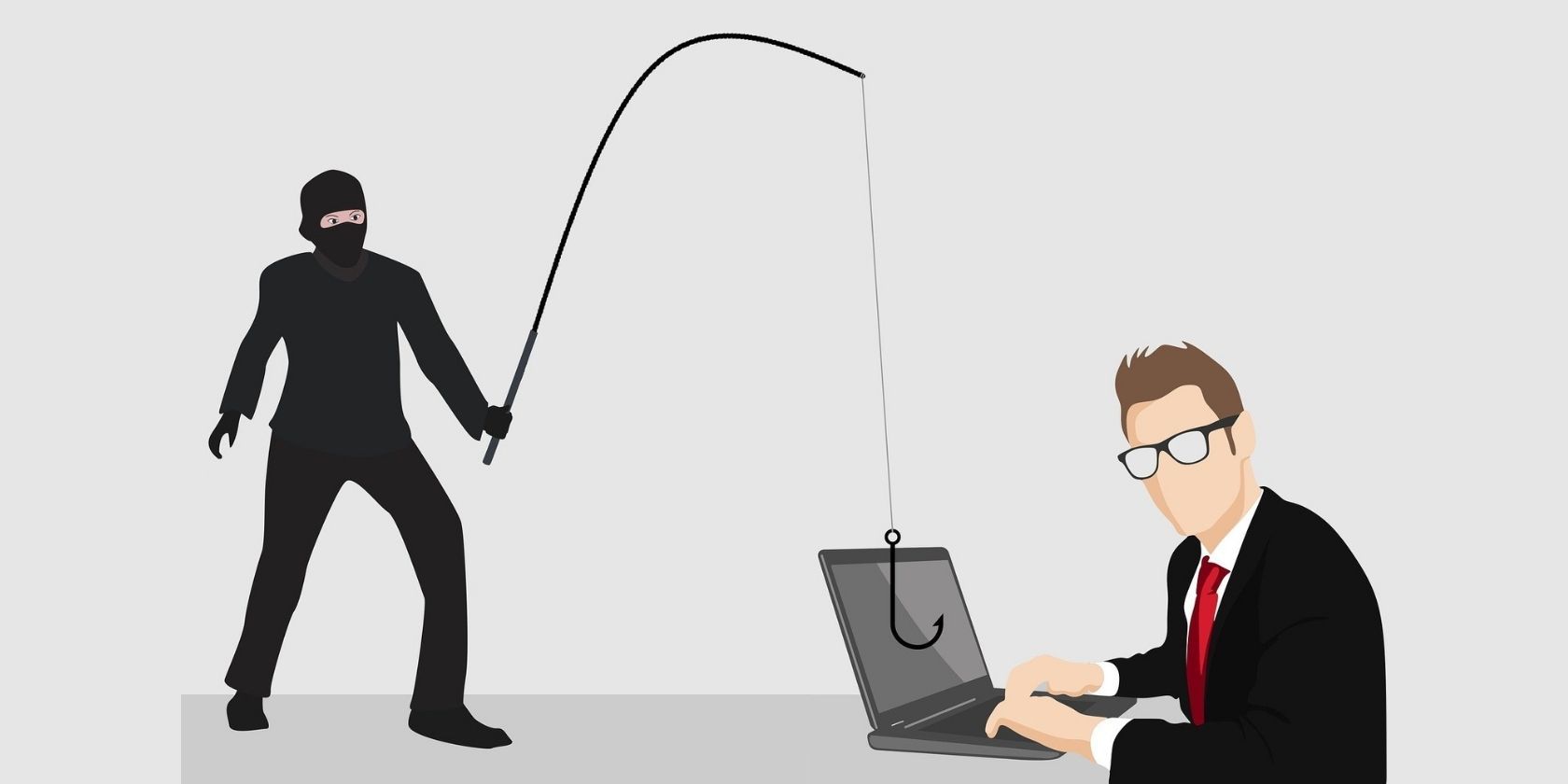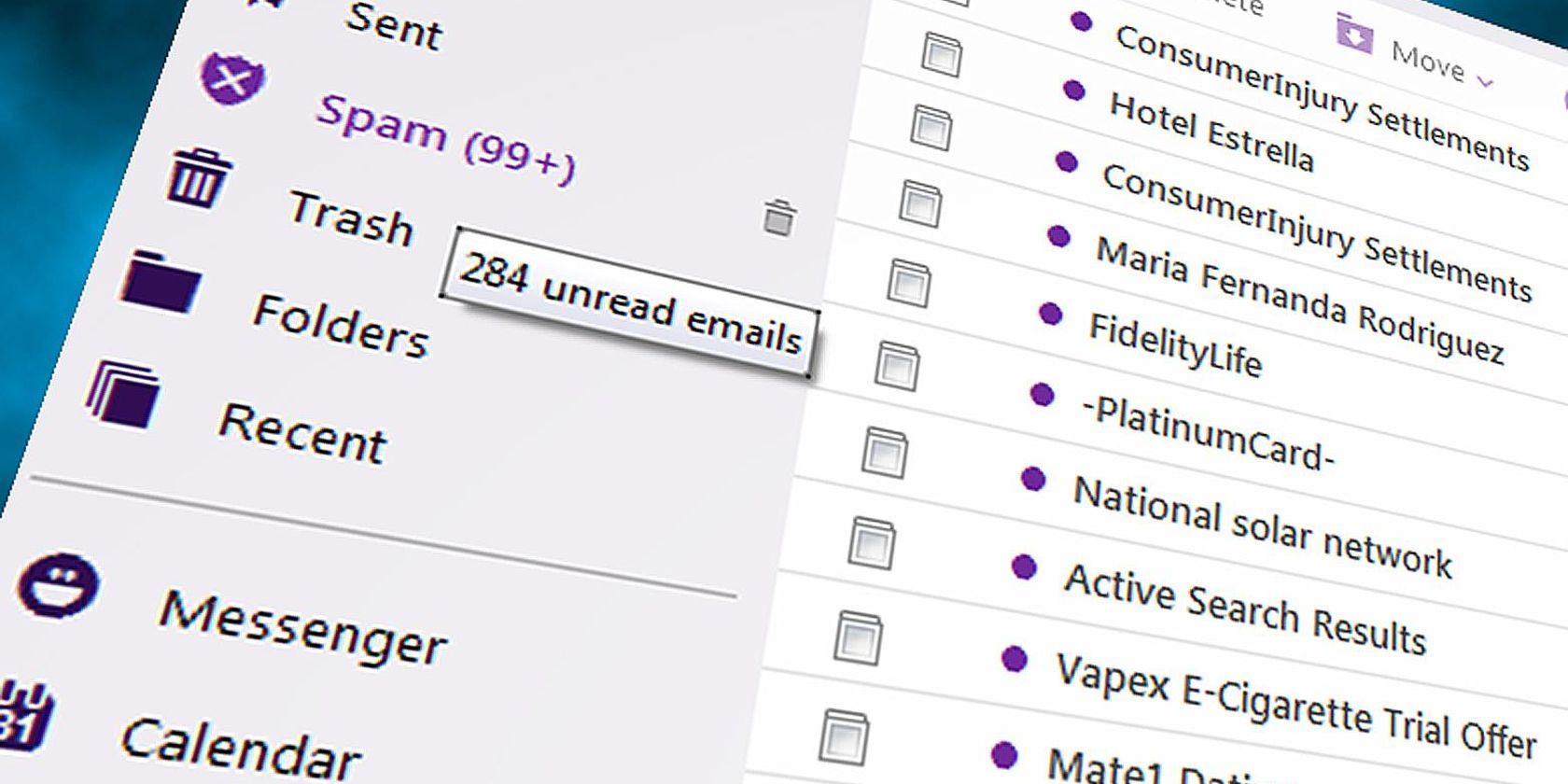Are you tired of spammers trying to spoof your email domain and using it to send fraudulent emails? Would you like to know the source of every email that hits your domain?
By investing in a DMARC, you can confront spoofing, phishing, and ransomware attacks. It also allows for total control of email delivery through your domain.
But what exactly is a DMARC, and how does it eradicate email spoofing? And are there other benefits of using a DMARC? Let's find out.
What Is a DMARC?
DMARC, or "Domain-Based Message Authentication, Reporting, and Conformance", is an email authentication protocol designed to protect your email domain from being used for email spoofing. It uses Sender Policy Framework (SPF) and DomainKeys Identified Mail (DKIM) to determine the authenticity of an email message.
Simply put, it allows email senders to specify how to handle emails that were not authenticated using SPF or DKIM. Senders have the option to either send those emails to the junk folder or have them blocked altogether.
By investing in a DMARC, ISPs and businesses can better identify spammers and prevent malicious emails from entering the inboxes of their consumers.
What Is Email Spoofing?
Email spoofing is a common cyber attack in which a manipulated email is sent disguised as originating from a trusted source. Since the email headers of spoofed emails are forged, the recipients believe that they are coming from a known sender.
The aim of spoofed emails is to make the recipients open, forward, and respond to these so-called legitimate emails. As such, spoofing is a popular ploy used in email phishing and spam campaigns, because people are more likely to open emails that seem to be coming from known senders.
Here are some common reasons why threat actors use email spoofing:
- They can hide the real name of the sender.
- Their malicious emails can avoid getting blacklisted by email filters.
- They can use spoofing to conduct identity theft.
- They can impersonate a person or a business that the recipient knows very well.
If you are a business owner, email spoofing can be quite damaging to your brand identity. The good news is that protocols such as DMARC were designed to counteract email spoofing attacks.
How DMARC Eliminates Email Spoofing
DMARC can prevent spoofed, spam, and phishing emails from reaching you and your customers in numerous ways. By adopting DMARC, you will be able to achieve the following:
- Identify any emails that are not sent from your business or domain.
- View your company's outbound email and its performance.
- Inform inbox providers, such as Gmail or Yahoo, to block mail that is not sent by you.
To prevent spoofing, DMARC takes protective measures so your email message headers are not hijacked. It does so by working in tandem with SPF and DKIM apps to verify legitimate emails and reject malicious ones from reaching the inbox.
With DMARC policies enabled, you as a sender can automatically inform your recipient's inbox that a correspondence was not sent by your business. This prevents your company's name from getting tarnished if a hacker was sending a malicious email disguised as originating from your email domain.
By implementing DMARC policies, you can automatically tell message recipients to either do nothing, quarantine or reject the email messages.
The DMARC Policies
Actions such as rejecting, quarantining, or accepting possibly fraudulent emails are made via the following three DMARC policies.
1. The "None" Policy
Sometimes referred to as the "monitor" policy, the "none" policy instructs the recipient's email provider to not take any action if the email fails the DMARC.
2. The "Quarantine" Policy
The job of this policy is to move potentially corrupt or suspicious emails to a different folder, such as the recipient's spam or junk folder.
3. The "Reject" Policy
As the name implies, this policy tells the email provider to block any email that doesn't pass the DMARC. This prevents the email from ever reaching the recipient's inbox.
Other Benefits of Adopting a DMARC
Besides helping prevent email spoofing attacks, a DMARC also brings a myriad of benefits for email domain owners.
Below are some of the main additional perks you'll get when you adopt a DMARC.
1. Reduces Ransomware Attacks
DMARC prevents ransomware attacks by building on email authentication standards like SPF and DKIM. These standards authenticate sending sources which ensure that your recipients are never deceived.
By implementing a DMARC, all impersonation attempts and social engineering tactics of the hackers are fully eliminated. This is huge, since such tactics are often a big pathway to ransomware attacks.
2. Boosts Email Deliverability
DMARC lets you analyze whether emails sent using your domain are properly authenticated using SPF and DKIM. This allows you to identify and fix any authentication issues that can affect the deliverability of your emails.
3. Protects Your Reputation
With DMARC in place, your email can be easily identified as safe especially amongst the receivers who also have DMARC enabled for their email domain.
This not only protects your business reputation but also ensures that your emails are transferred without any hiccups.
4. Helps Gain Visibility and Control
A DMARC report can give you visibility into who is sending emails by using or impersonating your email domain across the internet.
Invest in a DMARC Analyzer and Protect Your Email
To comply with best email practices, investing in a DMARC Analyzer is also a great option. It can help monitor your email domain through an interactive dashboard along with providing granular details—such as underlying source IP addresses, history of domain abuse, organizational domains, and geolocations of your senders—to speed up the process of tracking down threat actors.
As email users, we are all prone to clicking on malicious links. Along with urging our customers and employees to not click on malicious links, why not take matters into our own hands and invest in a DMARC?




